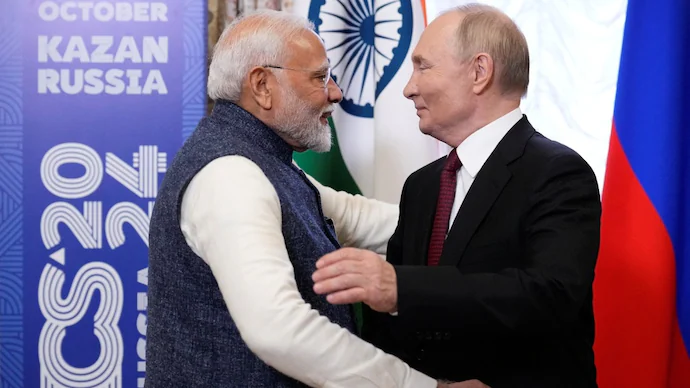India and Russia Drop the Dollar, Switching to National Currencies

In a recent interview with Tass, Russian Ambassador to India Denis Alipov confirmed that the majority of direct payments between the two nations are now settled in rubles and rupees.
“Mutual payments in national currencies are stable. As of today, national currencies account for around 90% of direct payments between Russia and India,” said Alipov.
Additionally, both governments are in discussions to mutually recognize Russia’s Mir and India’s RuPay payment systems. If implemented, this would further enhance financial integration and simplify cross-border trade settlements.
Growing Trade Relations Between Moscow and New Delhi
The latest trade data highlights the strengthening economic ties between Russia and India:
- Bilateral trade increased by 8.6% in the first 11 months of 2024, reaching $64.5 billion.
- Russian exports to India rose by 7.7%, totaling $60 billion.
- Indian exports to Russia surged by 23.3%, reaching $4.5 billion.
- Russia is now India’s second-largest supplier, behind only China.
This growing trade volume demonstrates Russia’s increasing role as a key economic partner for India, particularly as both nations seek alternatives to U.S.-dominated financial systems.
Is the Dollar Losing Its Dominance?
The rise in national currency settlements between Russia and India is part of a broader global movement toward reducing reliance on the dollar. Several nations, particularly those facing U.S. sanctions or geopolitical tensions, have sought to de-dollarize their economies by promoting local currency trade agreements.
If the Mir-RuPay payment network integration moves forward, it could further strengthen Russia and India’s economic independence from the Western financial system.
While the dollar remains dominant in global finance, these developments underscore an evolving shift in international trade dynamics—one where emerging economies are prioritizing financial sovereignty over traditional dollar-based systems.









